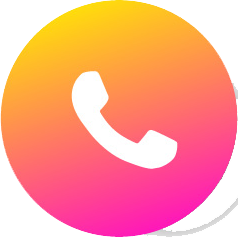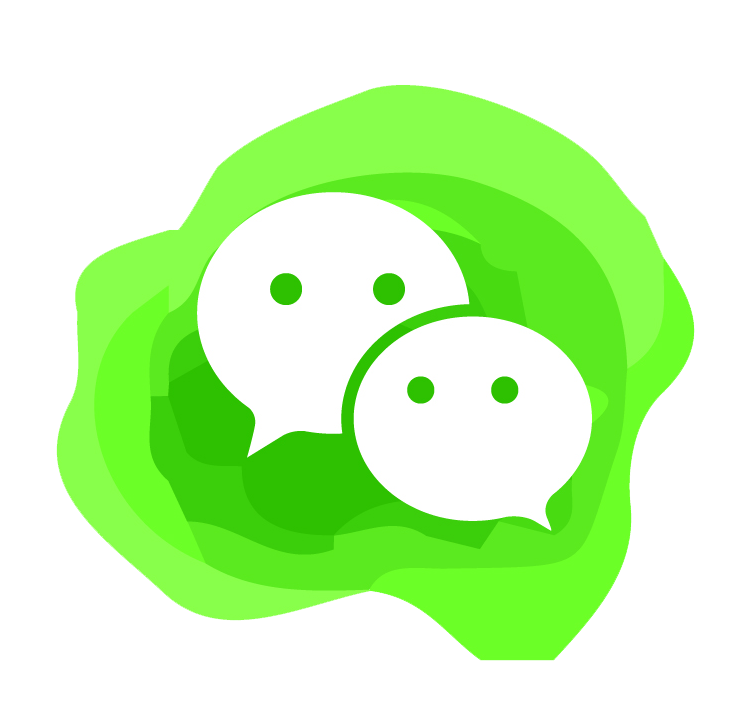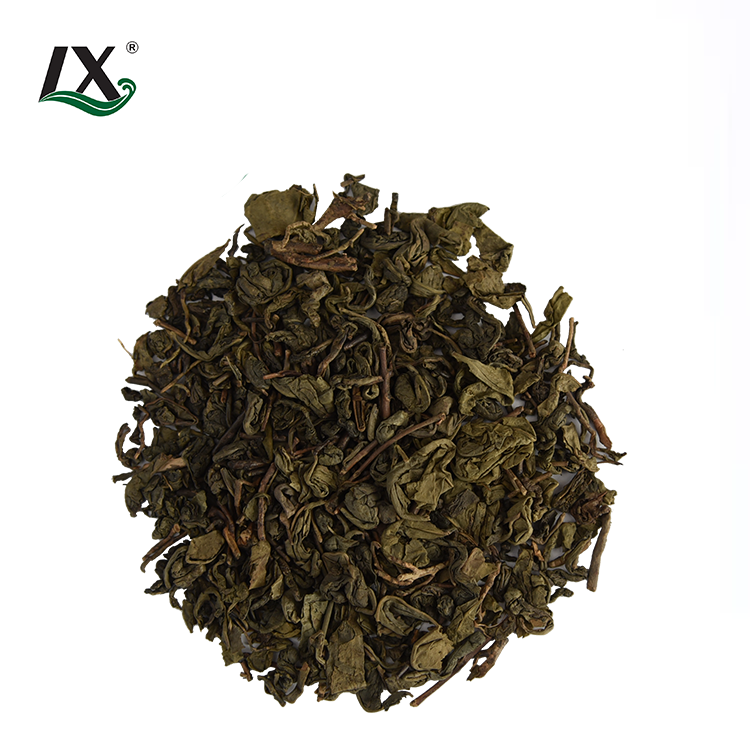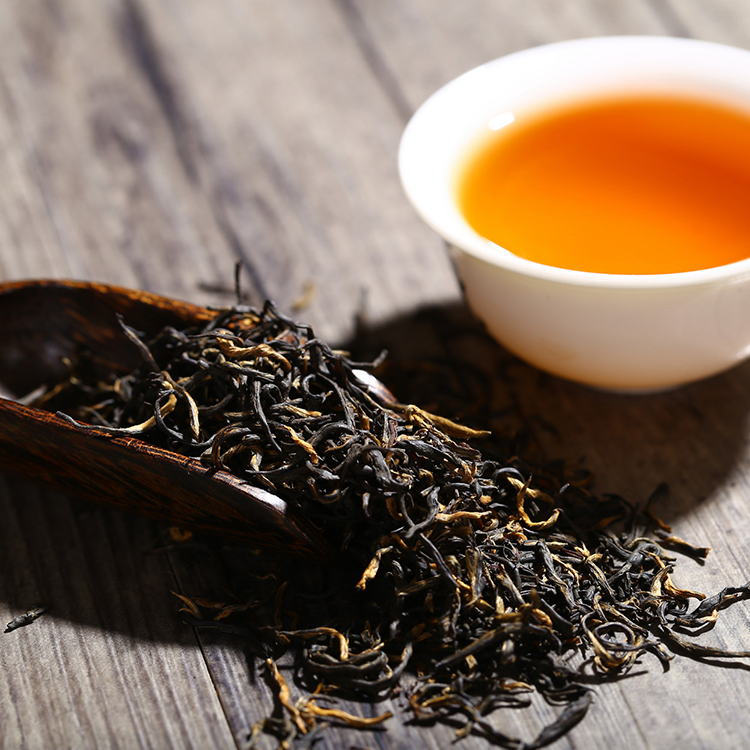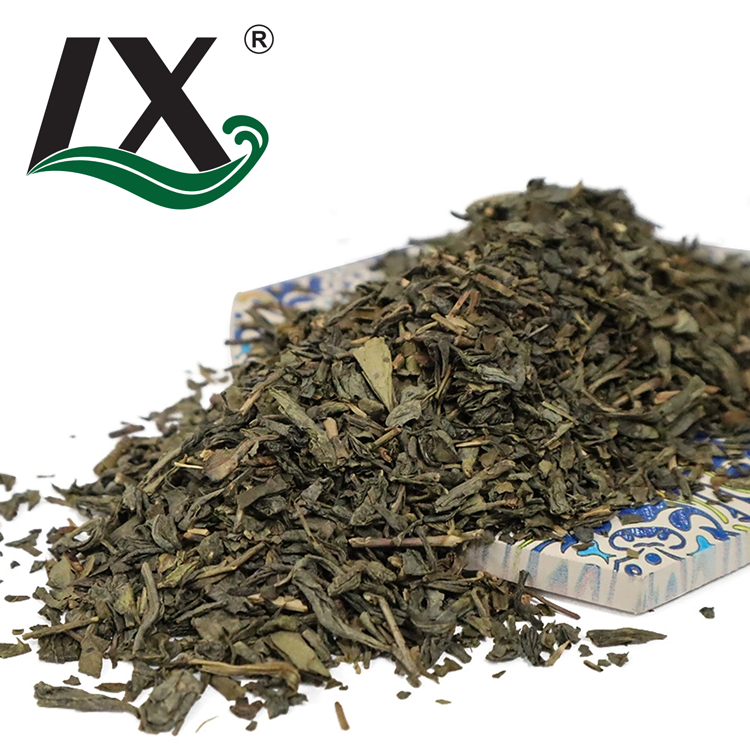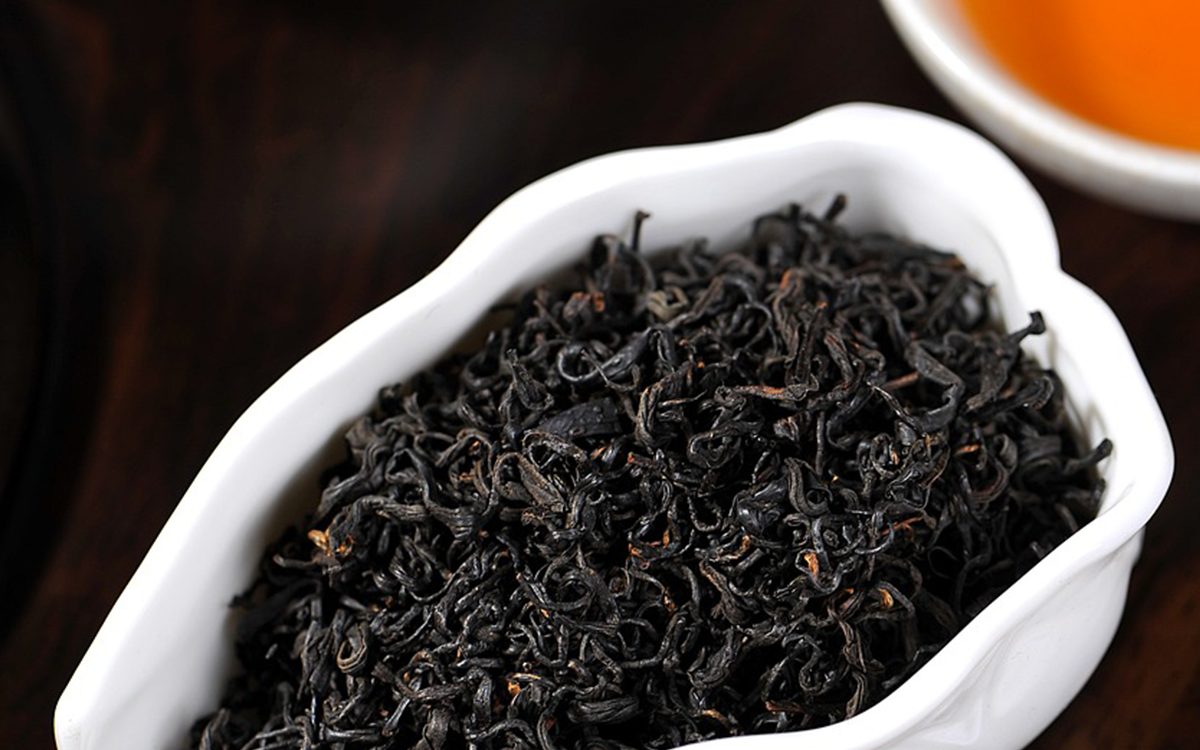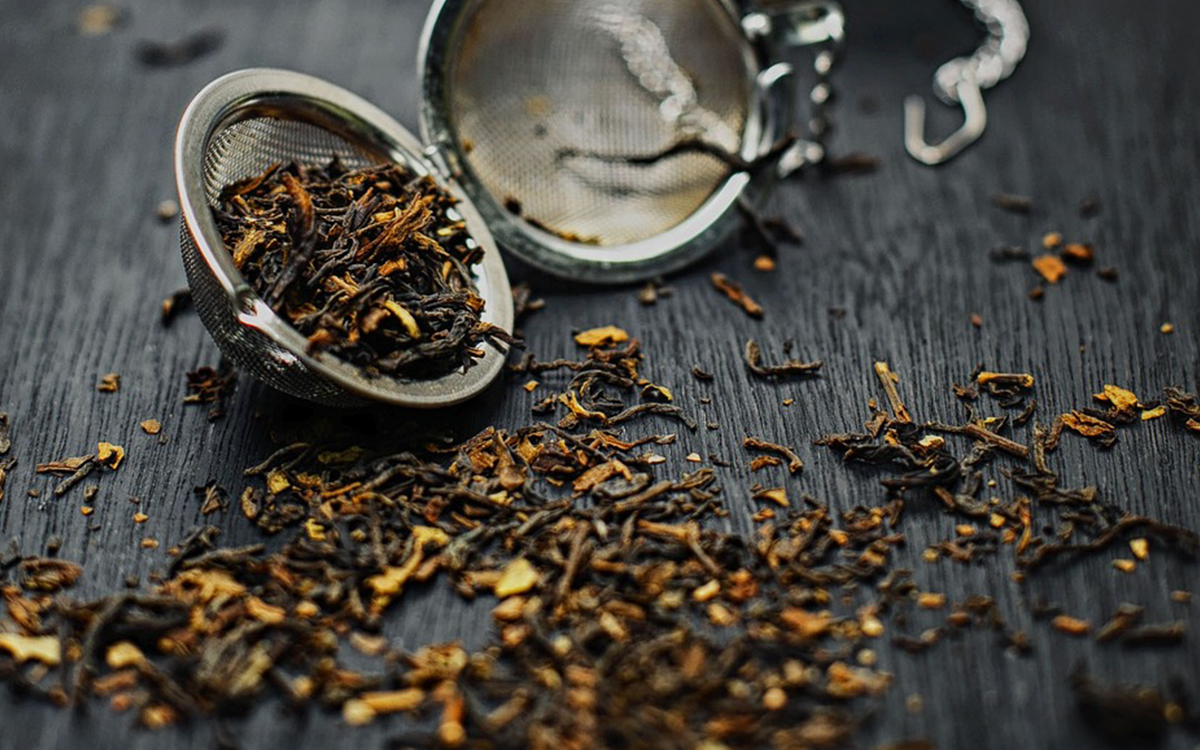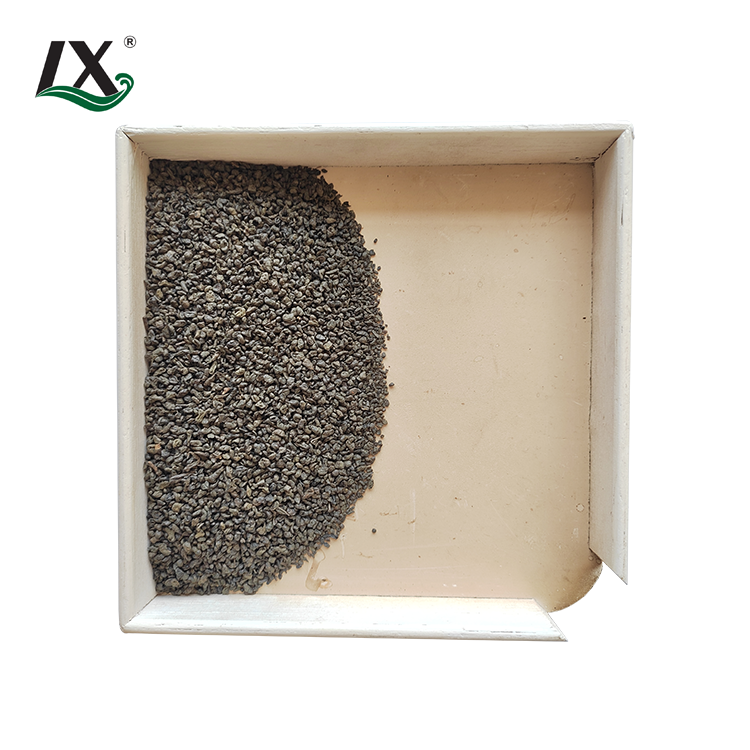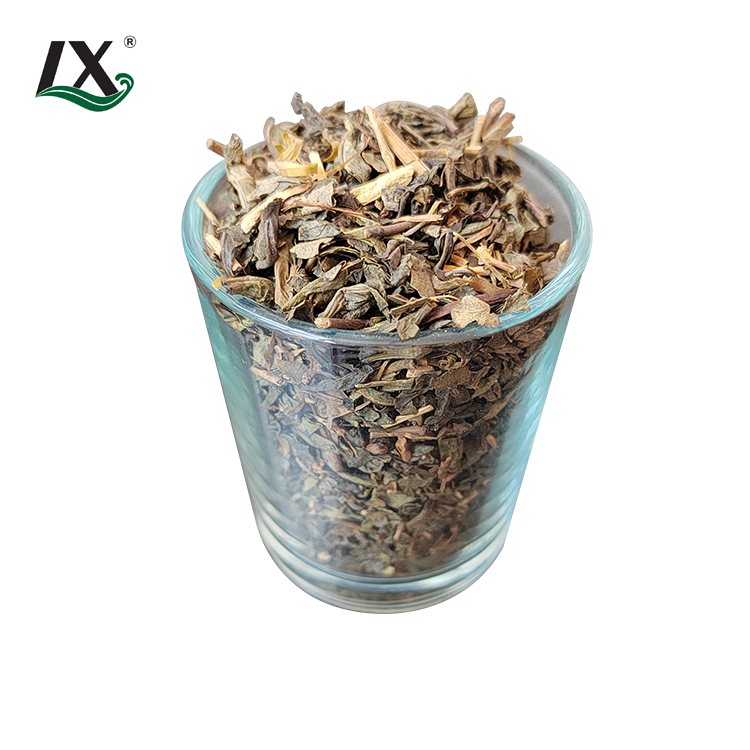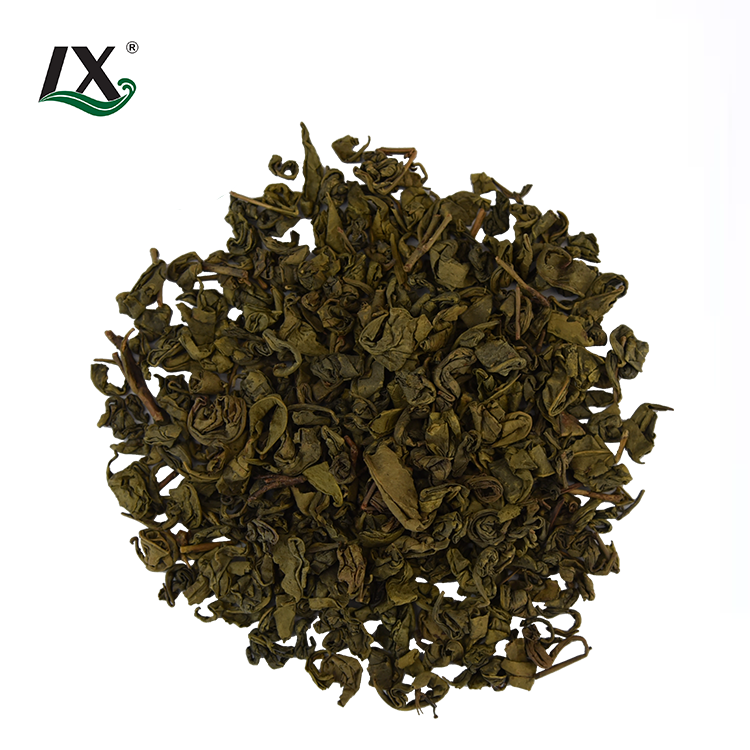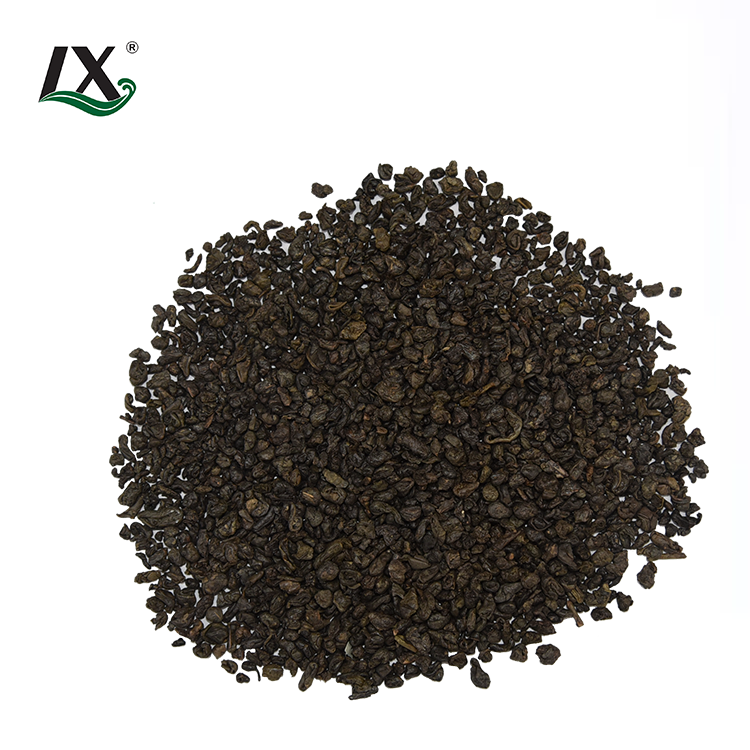Which Has More Caffeine: Coffee, Tea or Soda?
Caffeine is one of the most widely consumed stimulants in the world. It is found naturally in coffee beans, tea leaves, and cacao plants, and it is also added to many soft drinks and energy beverages. People rely on caffeine for its ability to enhance alertness, boost energy, and improve concentration. But when it comes to caffeine content, how do coffee, tea, and soda compare?
In this comprehensive guide, we will analyze the caffeine content in coffee, tea, and soda, explore the factors that influence caffeine levels, and discuss the health effects of caffeine consumption.
Understanding Caffeine and Its Effects
Caffeine is a natural stimulant that affects the central nervous system. It blocks adenosine, a neurotransmitter responsible for making you feel sleepy, which leads to increased wakefulness and alertness. The effects of caffeine can vary from person to person, depending on tolerance, metabolism, and sensitivity.
Some common benefits of caffeine include:
- Improved focus and concentration
- Enhanced physical performance
- Temporary relief from fatigue
- Increased metabolic rate
However, excessive caffeine intake can lead to:
- Insomnia and sleep disturbances
- Increased heart rate and jitteriness
- Digestive discomfort
- Dependency and withdrawal symptoms
Now, let’s compare the caffeine levels in coffee, tea, and soda to determine which provides the highest caffeine boost.
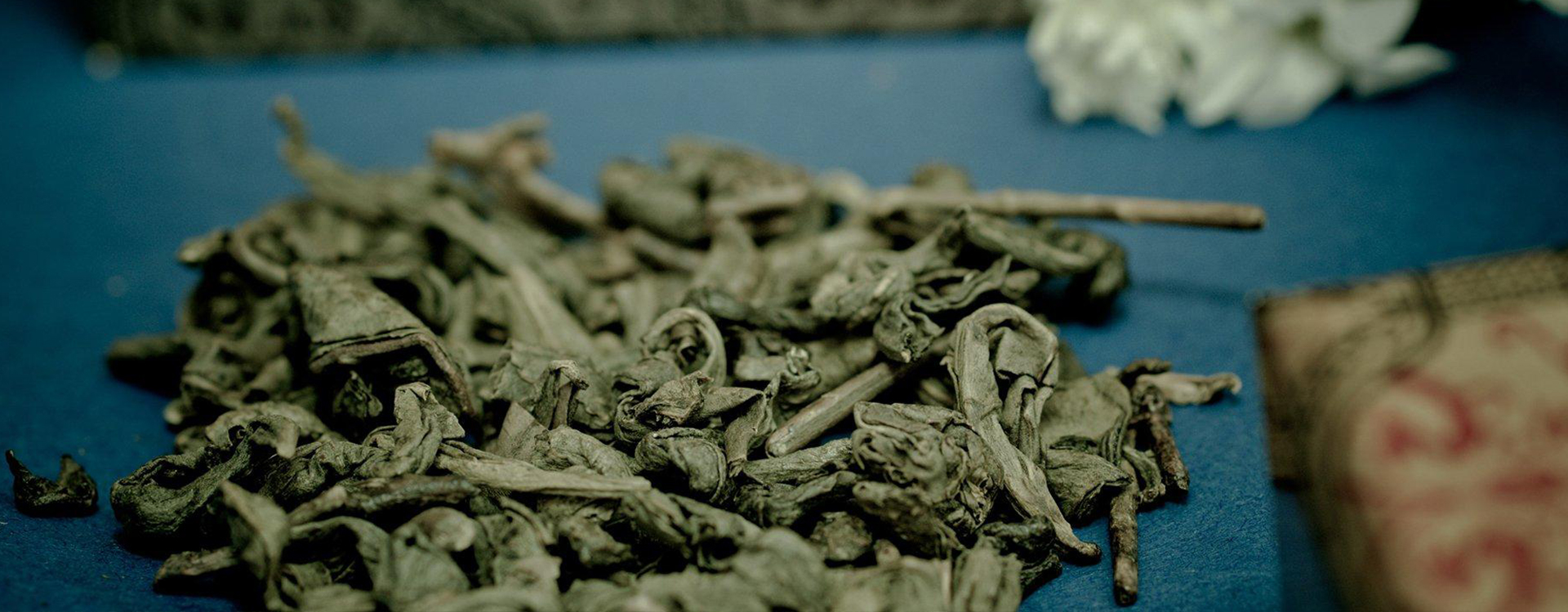
Caffeine Content in Coffee
Coffee is one of the most concentrated sources of caffeine. The caffeine content in coffee varies depending on the type of coffee bean, brewing method, and serving size.
Average Caffeine Content in Coffee (Per 8-Ounce Cup):
- Brewed Coffee: 95 mg (range: 70–140 mg)
- Espresso (1 oz): 63 mg (Double shot: 125 mg)
- Instant Coffee: 30–90 mg
- Decaf Coffee: 2–5 mg
Factors Affecting Caffeine Levels in Coffee:
Type of Coffee Bean:
- Robusta beans contain almost twice as much caffeine as Arabica beans.
Brewing Method:
- Espresso has a higher caffeine concentration per ounce, but a standard serving is smaller than brewed coffee.
- Cold brew tends to have more caffeine due to prolonged steeping.
Serving Size:
- A standard cup of coffee is 8 oz, but many coffee shop servings range from 12 oz to 24 oz, significantly increasing caffeine intake.
- Coffee is the most potent caffeine source among the three beverages, making it the go-to choice for those who need a strong energy boost.
Caffeine Content in Tea
Tea contains caffeine, but generally in lower amounts than coffee. The caffeine levels in tea vary based on the type of tea, processing method, and steeping time.
Average Caffeine Content in Tea (Per 8-Ounce Cup):
- Black Tea: 40–70 mg
- Green Tea: 20–45 mg
- Oolong Tea: 30–50 mg
- White Tea: 15–30 mg
- Herbal Tea: 0 mg (Caffeine-free)
Factors Affecting Caffeine Levels in Tea:
Tea Type:
- Black tea has the highest caffeine content, followed by oolong, green, and white tea.
Steeping Time and Temperature:
- Longer steeping times and hotter water extract more caffeine.
Tea Leaves vs. Tea Bags:
- Loose-leaf tea often contains more caffeine than tea bags, which may include smaller leaves or tea dust.
Matcha vs. Regular Green Tea:
- Matcha, a powdered green tea, contains higher caffeine (about 70 mg per 8 oz) since the entire leaf is consumed.
- Although tea contains less caffeine than coffee, it also provides L-theanine, an amino acid that promotes relaxation and smooths the caffeine effect, leading to a more balanced energy boost.
Caffeine Content in Soda
Sodas, particularly colas and energy drinks, contain added caffeine. However, their caffeine content is significantly lower than that of coffee and tea.
Average Caffeine Content in Soda (Per 12-Ounce Can):
- Cola (Coca-Cola, Pepsi): 30–40 mg
- Diet Cola: 35–50 mg
- Mountain Dew: 55 mg
- Dr. Pepper: 40–42 mg
- Root Beer, Lemon-Lime Soda (Sprite, 7-Up): 0 mg (Caffeine-free)
Factors Affecting Caffeine Levels in Soda:
Brand and Formula:
- Some brands include more caffeine than others.
- Diet sodas often have slightly more caffeine than regular versions.
Serving Size:
- A standard can of soda is 12 oz, but larger bottles (20 oz or more) significantly increase caffeine intake.
Energy Drinks vs. Traditional Sodas:
- Many energy drinks contain significantly more caffeine than soda, ranging from 80 mg (Red Bull) to 300 mg (Bang Energy).
- While soda does contain caffeine, its levels are much lower than in coffee and tea. It is not the most efficient source of caffeine but is still a popular choice for those seeking a mild boost.
Coffee vs. Tea vs. Soda: Which Has the Most Caffeine?
Now that we’ve examined the caffeine content in each beverage, let’s compare them side by side.
|
Beverage |
Serving Size |
Average Caffeine Content |
|
Brewed Coffee |
8 oz |
95 mg |
|
Espresso |
1 oz |
63 mg |
|
Instant Coffee |
8 oz |
30–90 mg |
|
Black Tea |
8 oz |
40–70 mg |
|
8 oz |
20–45 mg |
|
|
White Tea |
8 oz |
15–30 mg |
|
Cola |
12 oz |
30–40 mg |
|
Diet Cola |
12 oz |
35–50 mg |
|
Mountain Dew |
12 oz |
55 mg |
Key Takeaways:
Coffee has the highest caffeine content per serving. A single cup of brewed coffee (8 oz) contains almost twice as much caffeine as black tea and three times as much as soda.
Tea offers a moderate caffeine boost. Black tea provides more caffeine than green or white tea but still falls short of coffee’s levels.
Soda has the lowest caffeine content. Even the most caffeinated sodas contain significantly less caffeine than coffee or tea.
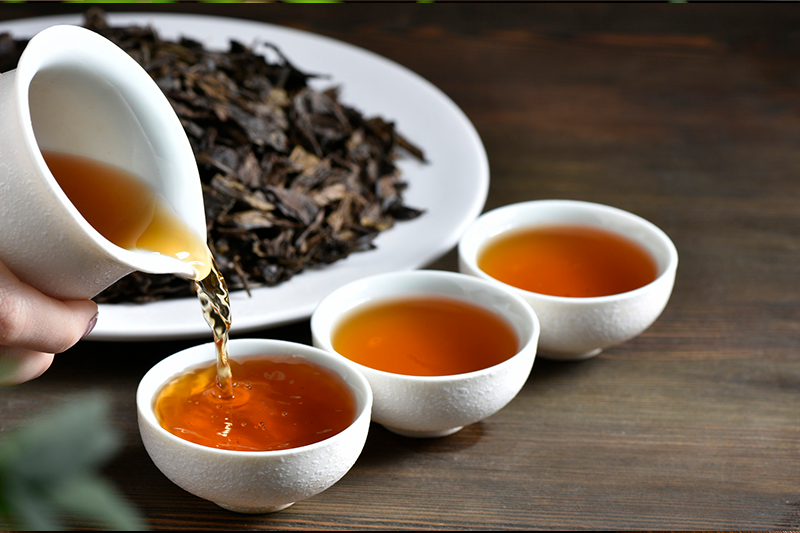
Choosing the Right Caffeine Source
Which beverage is best for you depends on your caffeine needs, taste preferences, and health considerations.
Coffee is best if you:
- Need a strong caffeine boost for energy and focus.
- Prefer a rich and bold flavor.
- Have built a high caffeine tolerance.
Tea is best if you:
- Prefer a milder caffeine boost.
- Want a steady energy release with added health benefits.
- Are sensitive to high caffeine intake.
Soda is best if you:
- Want a low-to-moderate caffeine intake.
- Enjoy carbonated drinks and sweet flavors.
- Prefer a cold, refreshing beverage.
Conclusion
Coffee, tea, and soda all provide caffeine, but coffee has the highest caffeine concentration per serving, followed by tea, and then soda. If you need a strong caffeine boost, coffee is your best bet. If you prefer a moderate lift, tea is a great choice. For those who want a mild caffeine intake, soda works but is not the most efficient source.
Regardless of your choice, it’s essential to consume caffeine in moderation and be mindful of how it affects your body. By understanding the differences in caffeine content, you can make informed decisions about your daily caffeine consumption.
Read More: Hojicha vs. Matcha: What's The Difference?

